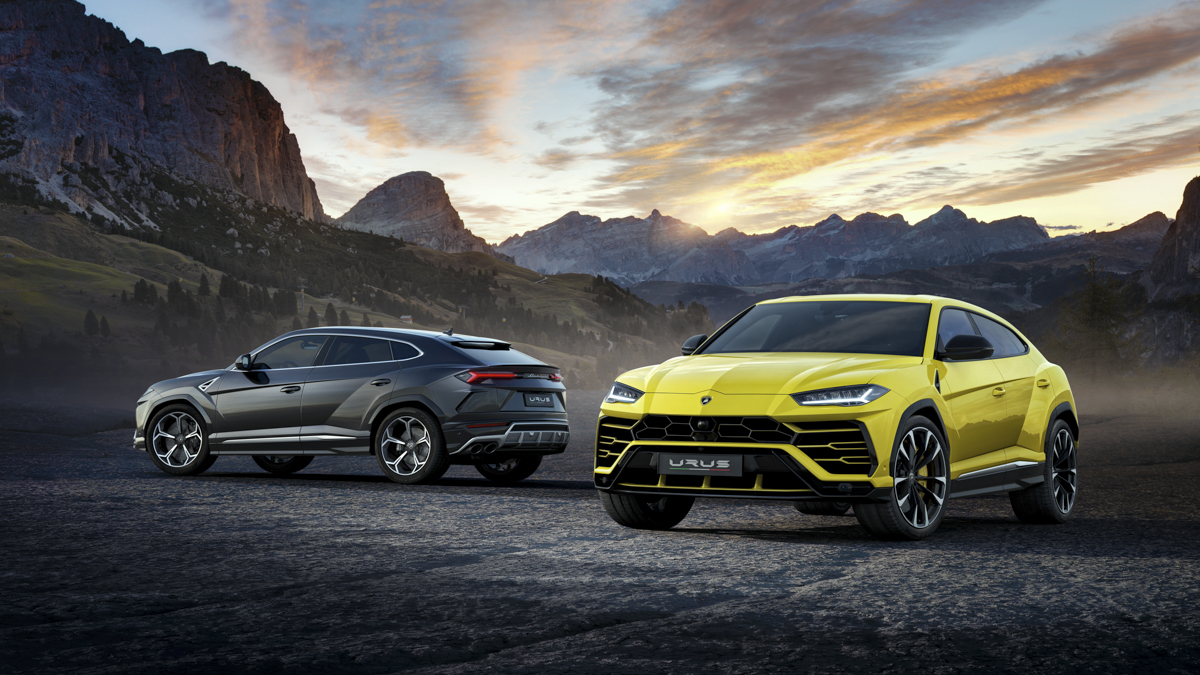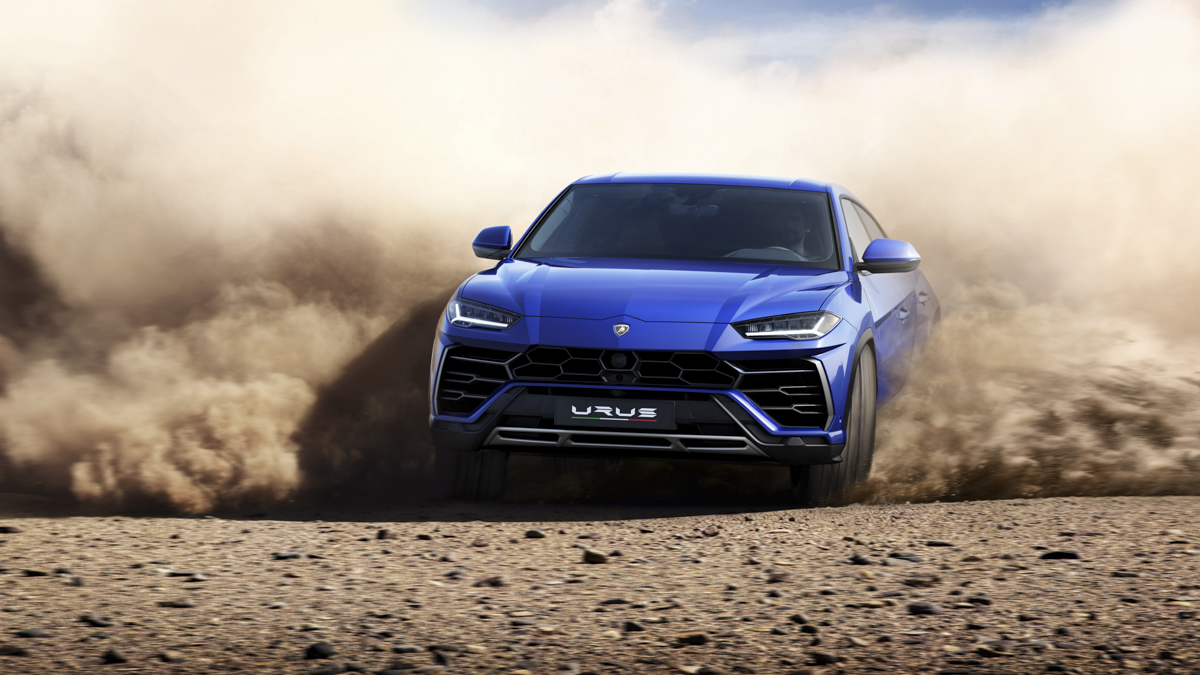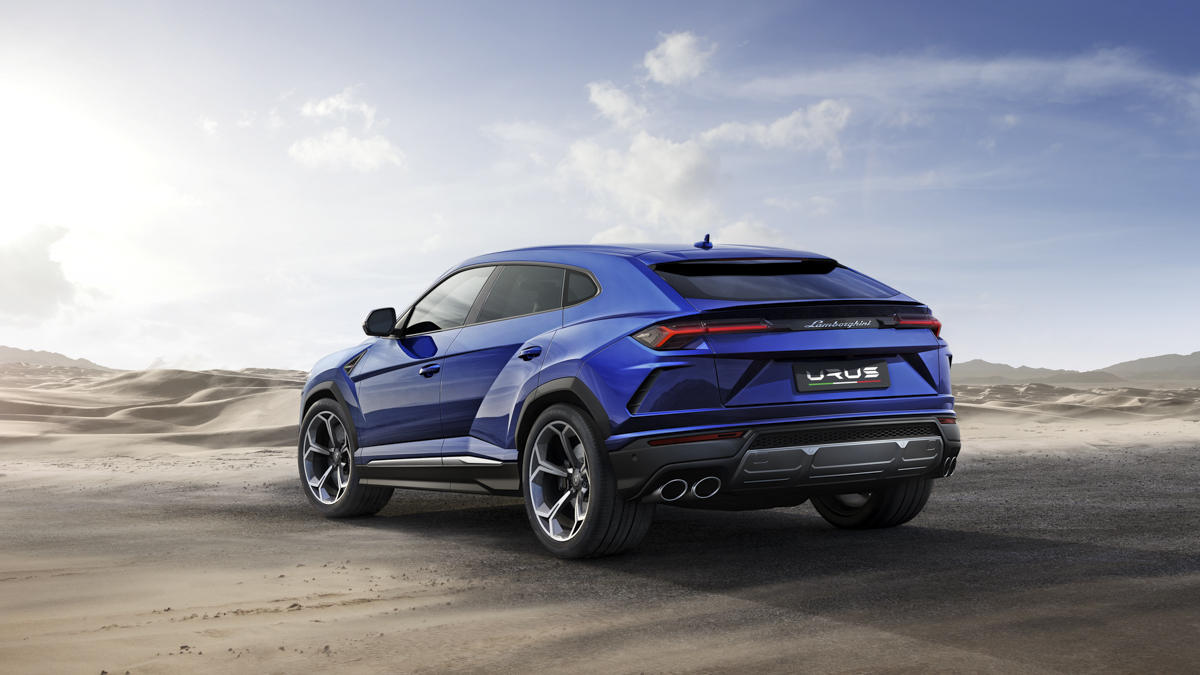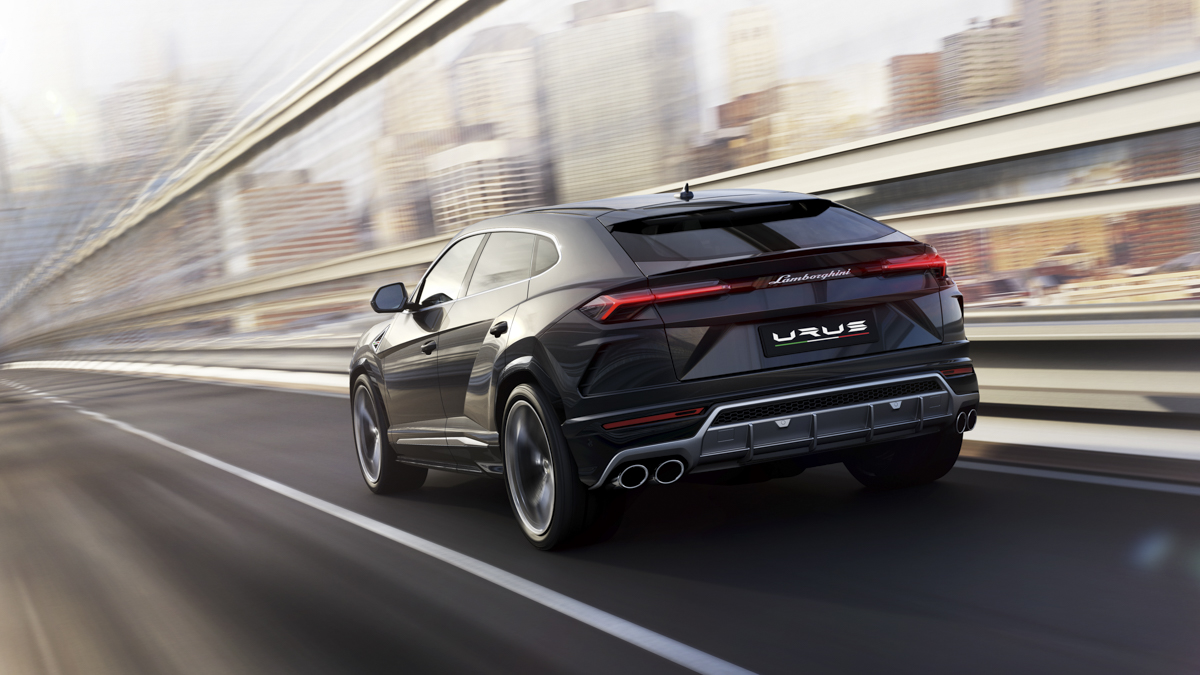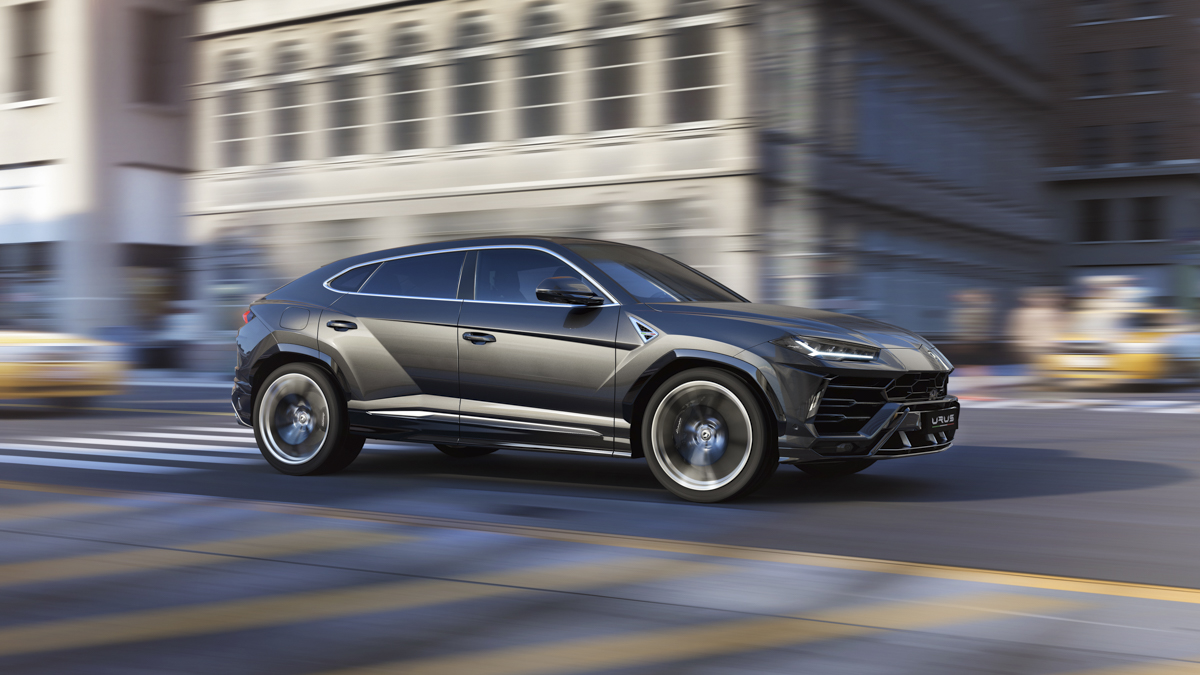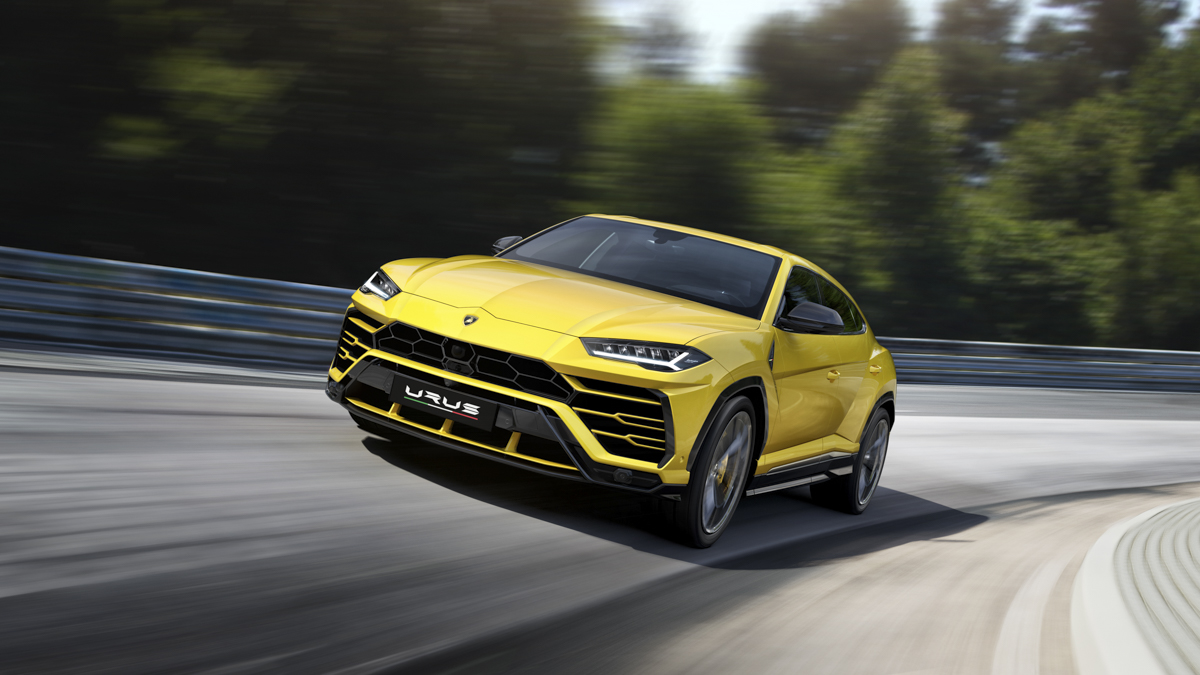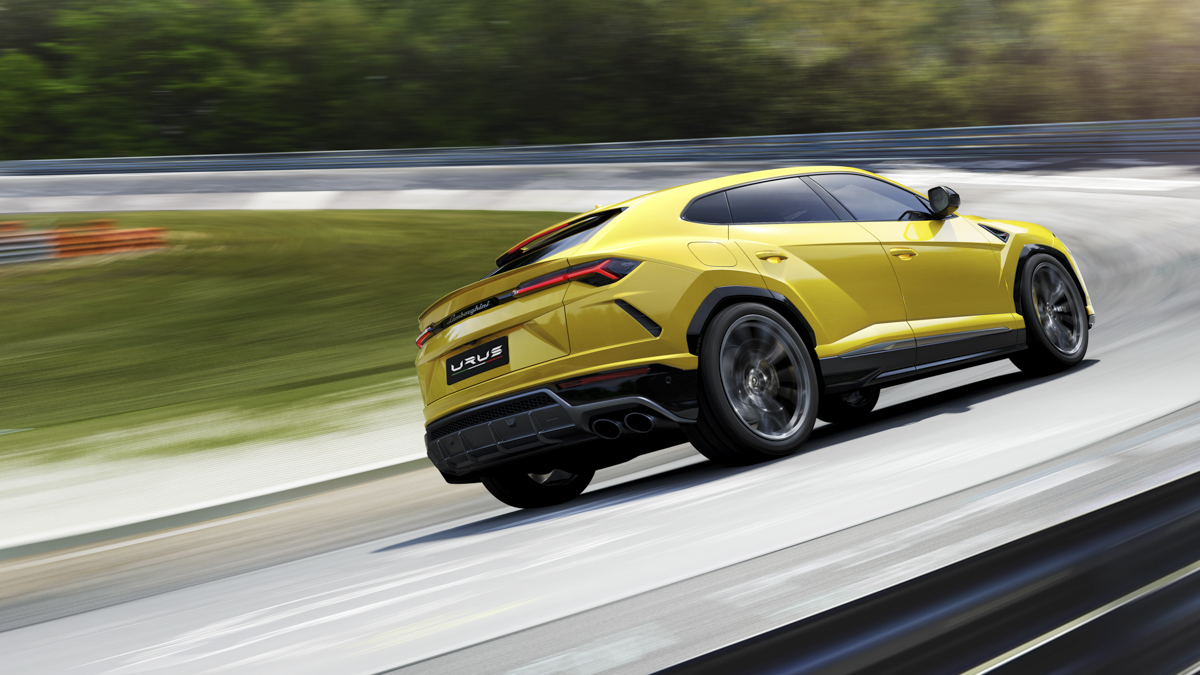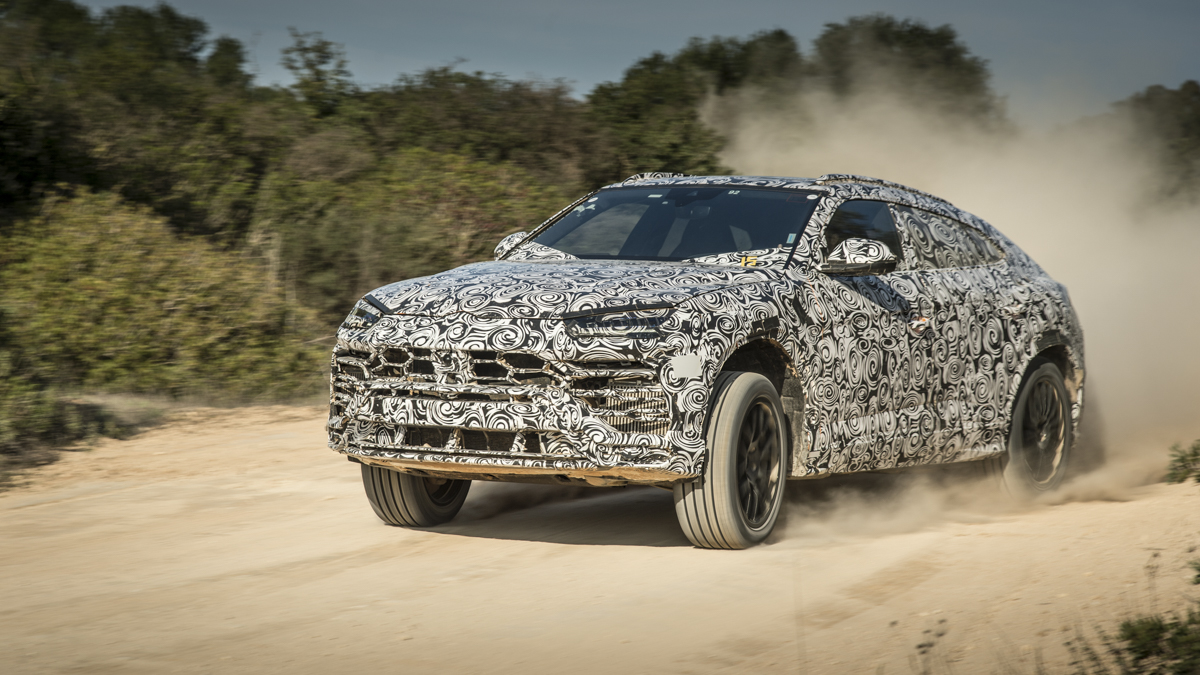If you have difficulty imagining a Lamborghini sport utility vehicle, you’re not alone. When the Italian supercar manufacturer announced it would build an SUV more than a year ago, we were torn. Based on the popularity of premium SUVs, the move made sense, but something about the low-slung drama of a Lambo didn’t seem to mesh with a crossover’s stance. Then we remembered: This isn’t the Raging Bull brand’s first rodeo.
The 2019 Lamborghini Urus is in fact the company’s second production SUV, but you’re forgiven if you don’t recall its predecessor, the limited production LM002 of the 1980s. That … uh … thing was absurd in every way. Powered by a naturally aspirated V12 and sporting bodywork that looked like it had crept into a junkyard with giant magnets stuck to its chassis, the LM002 was an acquired taste. It was also right in line with Lamborghini’s disruptive design, making it an instant classic.
With only 328 units produced between 1986 and 1993, the LM002 was a little too ahead of its time to be a sales success. Now, however, Lamborghini is ready to hit the market in the sweet spot with its second SUV attempt.
At first glance, the Urus seems too frenetic to be a production vehicle, but the longer you look, the more you can see method to the madness. At the front, the SUV shows piercing LED headlights like other Lamborghini road cars, a gaping honeycomb mouth, and a tri-blade chin splitter in body-color matching paint. In profile, the Urus reminds us a bit of the Estoque sedan concept from a few years back, albeit with higher haunches. Massively flared wheel arches and giant character creases give the vehicle a bold stance, while 22- or 23-inch wheels fit snug within the hexagonal wheel wells. At the rear, a steep-sloping roofline meets thin LED taillights above a massive diffuser with four integrated exhaust ports.
We’ll reserve our judgment of the Urus design for our in-person meeting in January, but, suffice to say, you won’t be confusing this SUV for anything else on the road.
Inside, the Urus mirrors cabin designs of other Lamborghini cars, with an eye-catching dashboard, layered leather sport seats, a fully digital driver display, and the storied red toggle to fire up the engine. The 2+2 seating configuration affords good rear legroom, but headroom appears tight thanks to that cascading roofline.

Love or hate the design, it’s impossible to accuse Lamborghini of flubbing the Urus’ engineering. Powering the SUV is a 4.0-liter, twin-turbocharged V8 good for 641 horsepower and 627 pound-feet of torque. A run from 0 to 60 mph takes just 3.6 seconds and top speed is a staggering 190 mph (3 mph higher than the Bentley Bentayga). Only the silly 707-hp Jeep Grand Cherokee Trackhawk boasts more power and quicker acceleration in the SUV sector.
The Jeep may be quicker on a drag strip, but Lamborghini will bet you big money the Urus is faster on a track. With about 1,000 pounds less weight than the Trackhawk, more impressive carbon ceramic brakes, a torque vectoring rear differential, and stickier Pirelli performance tires, the Urus will undoubtedly stop shorter, grip harder, and rip out of corners with more force.
Pricing hasn’t been announced yet, but expect the Urus to start somewhere in the low-$200,000 ballpark when it goes on sale late in 2018.
